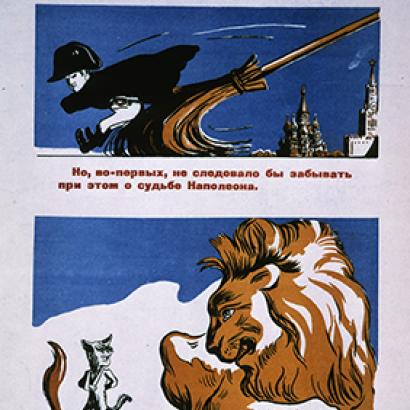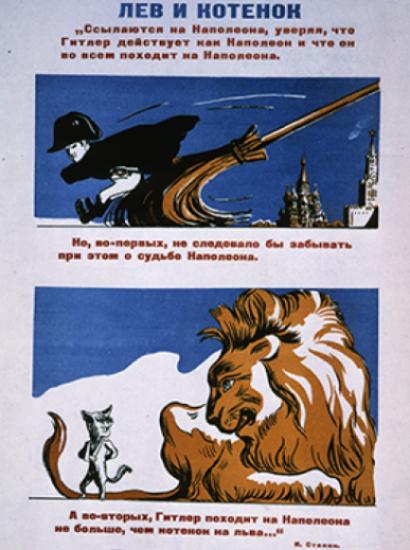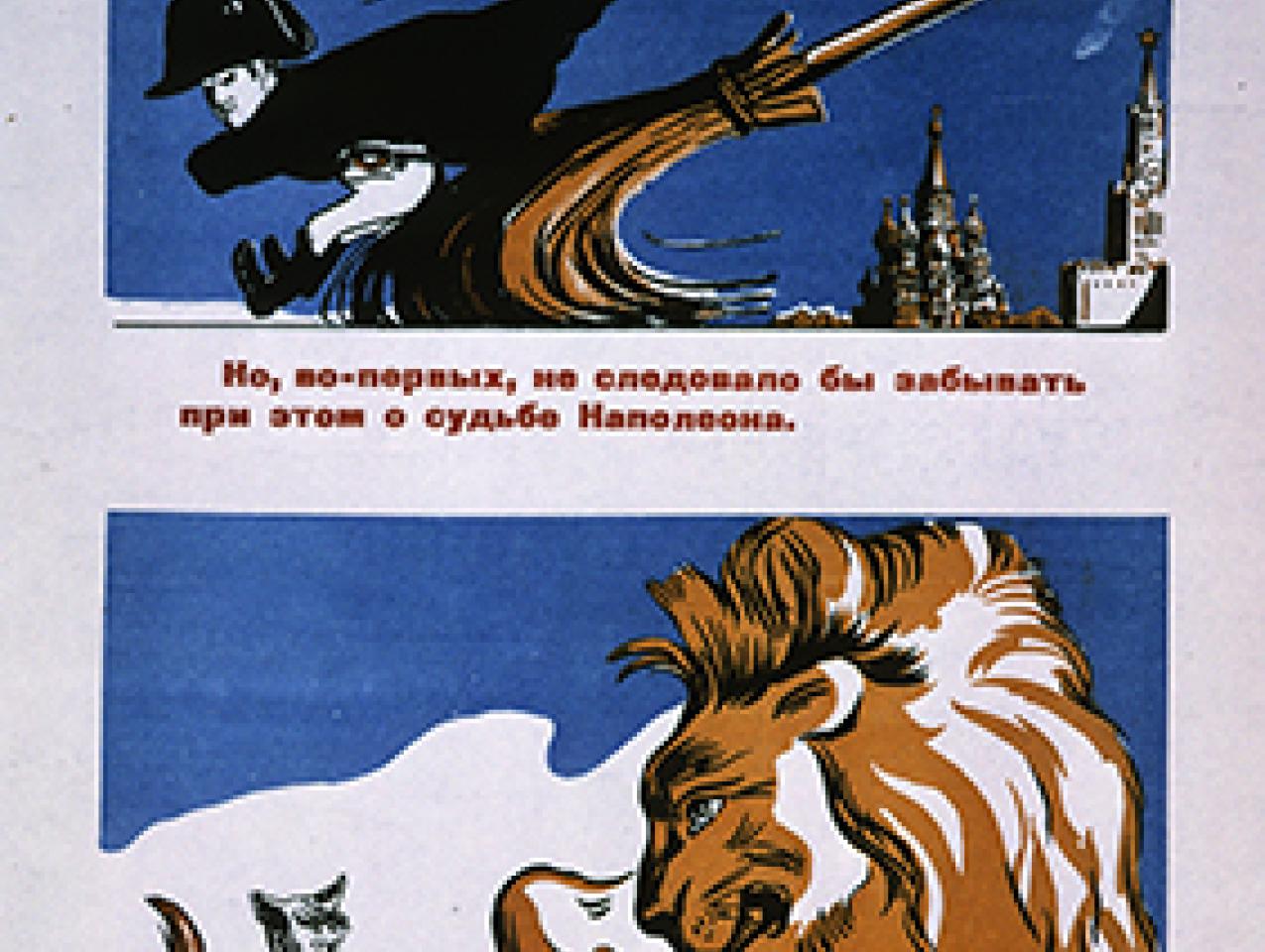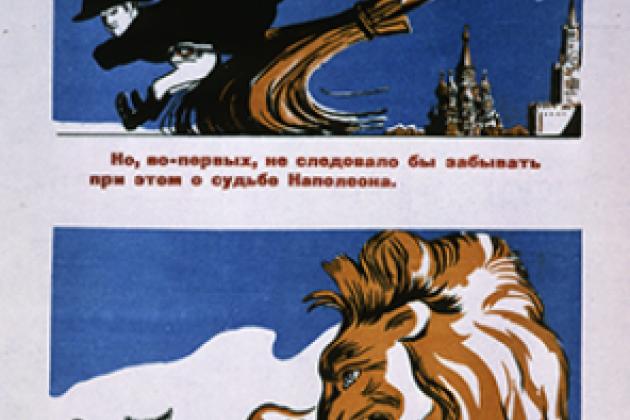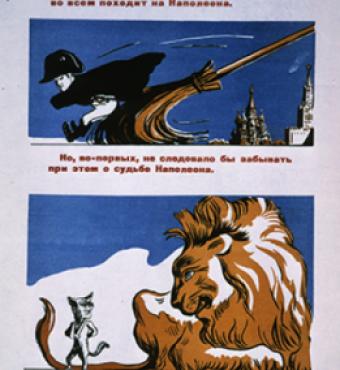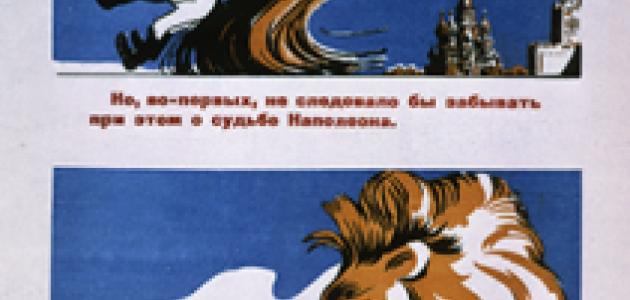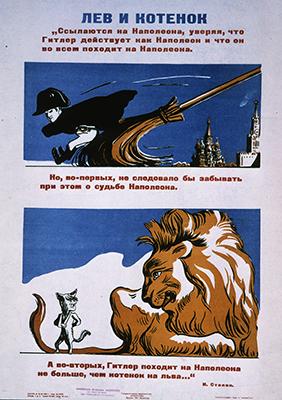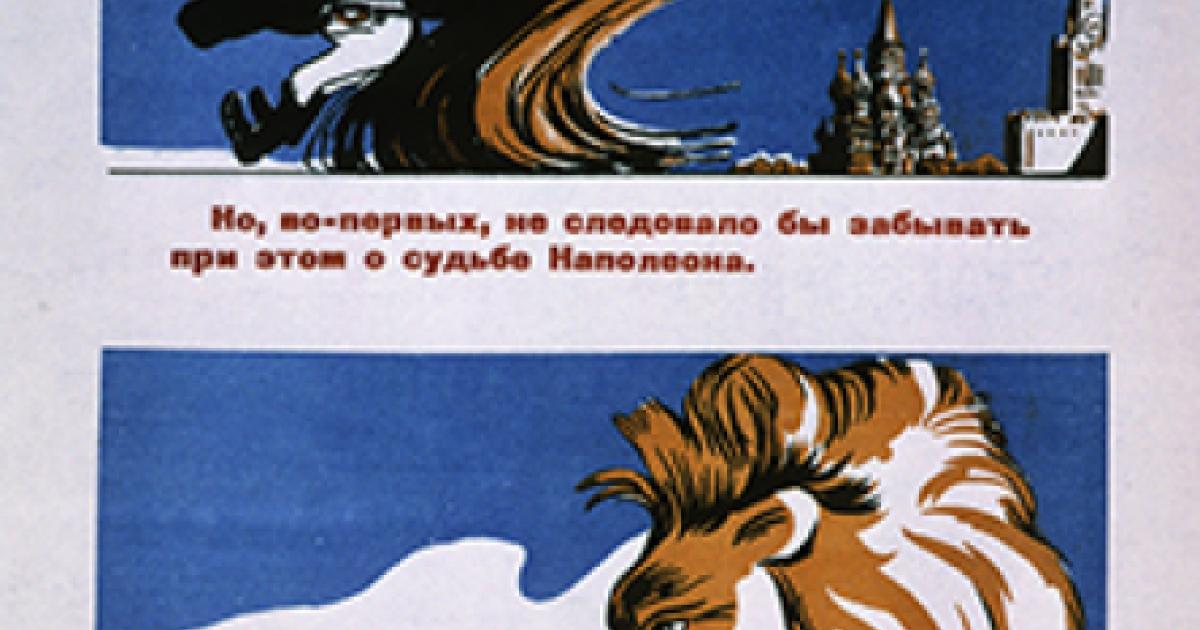- History
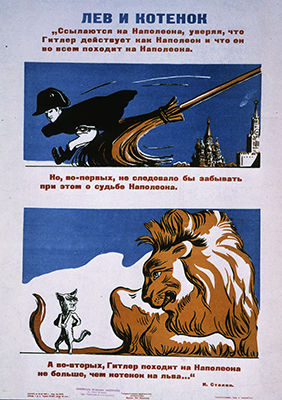
On August 18, 1812, General Mikhail Kutuzov, 67 years old, took command of Russia’s army, which had been forced to retreat as Napoleon’s Grande Armée, the world’s best fighting force and three times its size, advanced into Russia. Destroying the Russian army was Napoleon’s objective. Preserving it had become the Russians’ proximate objective. The Imperial Court had sacked Michael Barclay de Tolly from command and appointed Kutuzov because they wanted something done to stop Napoleon. But, on August 18, Kutuzov reaffirmed his predecessor’s order: retreat. Why, he reasoned, confront an army bigger than one’s own but which was shrinking daily through disease and desertion as it got ever farther from its source of supplies? Two weeks later, when Napoleon’s numerical superiority had shrunk to 5/4, Kutuzov gave in to pressure and dug into defensive positions. The Battle of Borodino followed on 7 September.
It proved decisive because the Russian army survived; it survived largely because it fell back as it fought, and it did that because Kutuzov personally ordered some units not to fight to the death, and because, apparently, he had prepared fallback positions. Moreover, as Napoleon occupied Moscow, Kutuzov refused to fight any other battle.
Napoleon won the field. Kutuzov, backed by Russia’s cold vastness, won the war.
The huge battle itself, some 250,000 combatants and 70,000 casualties (the majority of wounded soon died) was anything but choreographed. But some features stand out: The Russians’ chief error was to place and to leave extra forces and 300 cannon inactive on their right wing. Napoleon’s chief error was probably his refusal, atypically, to use the elite Imperial Guard to turn the Russians’ afternoon mass retreat into a rout. Perhaps he felt too far from home to take the risk, or he had been spooked by an earlier, unexpected cavalry incursion in his rear. It does not matter. Nor do either side’s valor and sacrifices. Historians disagree about Kutuzov’s many detailed orders of the day. But there is no doubt that his priority was to save his army. All that mattered at the end of the day is that Napoleon had purchased sovereignty over a lot of real estate at the price of irrecoverable losses of forces and of time, while Kutuzov still had an army whose losses he could repair. And the weather was turning colder.
On July 29, 1942, the Soviet Union instituted a military decoration called “The Order of Kutuzov” to reward officers for successfully avoiding the enemy and for leading successful counterattacks. It is all too easy to see this institution as putting the best face on the performance of senior Soviet generals—and of Stalin himself—as they had reeled incompetently at Germany’s invasion in 1941. Be that as it may, the fact is that choosing not to fight may be as important to strategic success as fighting, and that the arts of deployment are the same regardless of whether the deployment or redeployment is to the front or the rear. Indeed, maintaining or imposing order and adherence to plan is doubly difficult when done under proximate enemy pressure.
Retreating had not been the Imperial army’s intention in June 1812, nor was it Stalin’s intention in June 1941. In both cases, the Russians were forced back, in the latter case with enormous losses. Both sets of events, however, taught the Russians that the logic inherent in Russia’s terrain and weather dictated choosing to do what necessity had forced them to do. Moreover, forcing the enemy to attack prepared positions on a ground of one’s own choice has ever been the wisest of military tactics. Be that as it may, Russia’s military doctrine since the Napoleonic wars has been strategically defensive. Soviet military doctrine, in vigor in Russia today, remains strategically defensive, though with offensive operational focus on the outset of war, including preemption.







